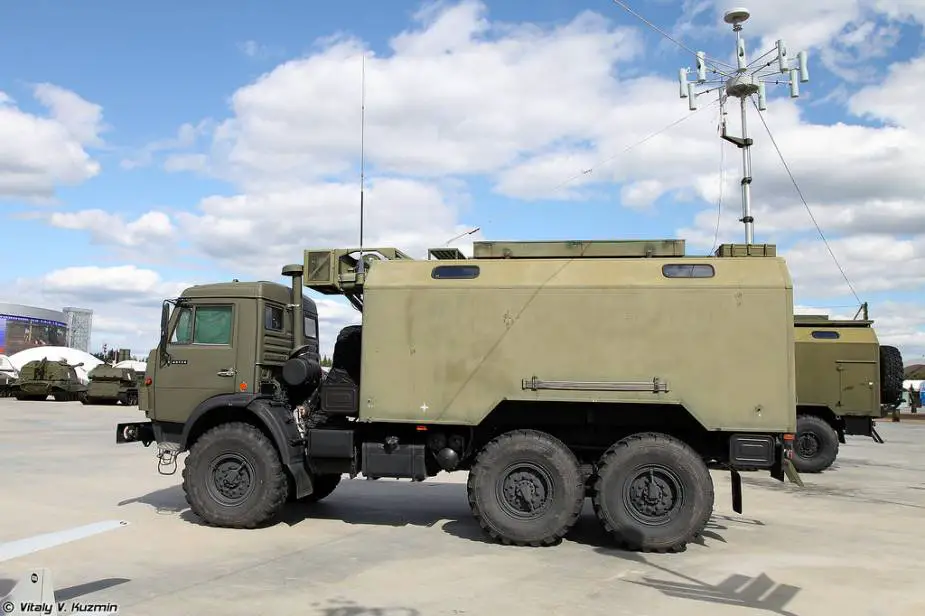Russian Electronic Warfare may develop into independent service - Part 2
Besides the Russian armed forces, foreign armies also develop Electronic Warfare (EW). The U.S. Navy tested two prototypes of new-generation NGL warfare. The new system is to be accepted into service in 2022 and will replace outdated ALQ-99 Tactical Jamming System used by the Boeing EA-18G Growler aircraft.
Follow Army Recognition on Google News at this link

R-330Zh Zhitel jammer (Picture source: Vitaly Kuzmin)
The new American system operates in the lower frequency band and jams air defense radars, specifically guidance radars for antiaircraft missiles and some communication systems. The EW in suspended containers is called NGL-LB.
In 2016, BAE Systems began to design EW for combat aircraft on orders of the U.S. agency for prospective defense research. The ARC project is an adaptive countermeasure to radars. It is a self-learning system that jams also prospective radars with a changing operational frequency. EW was a priority in the F-35 fighter jet programme.
Russian military believe that EW can develop into an independent service in the future. Today, it is an important type of provision of the armed forces. Combat success depends on sustainable control, and electronic systems are its technical backbone. EW forces create a total jamming field in operational directions, defend objects against air attacks, and electronically block hostile objects. Complex engagement of a big number of EW means is necessary to repel a massive missile and air strike and deliver a massive strike.
The simultaneous operation of several EW weapons against hostile reconnaissance, as well as electromagnetic compatibility of electronic weapons promote the success of an operation. EW operates in a single telecom space. It jams information transmission channels, automatic controls of troops and weapons, protects own data transmission means against destruction, distortion and leaks. EW can disrupt the navigation of precision weapon carriers and thus decrease the danger of destruction of critically important facilities. The global information exchange networks call for new systems capable of effectively neutralizing the information and technological advantages of the adversary.
The latest military conflicts suggested the guidelines for EW development: creation of robotized systems, increased jamming capacity, disruption of communication and data transmission systems, robotic systems and precision weapons, navigational equipment, and counteraction to radio and electronic reconnaissance.
EW development is a priority task at the government level. It means the rearmament of forces will accelerate. Modern EW uses geo-information systems to accelerate operational calculations three-five times. Artificial intelligence on neuron networks is introduced. It doubles the details and reliability of radio-electronic situation. The intelligence of EW jams hostile electronics and does not interfere with friendly ones.
EW is now included in the strategic jamming and single technical control systems. Each military district operates an EW brigade and each fleet has a specialized center. There are EW formations of types and services. Permanent readiness units and formations comprise EW backbone, the Independent Military Review said.


























